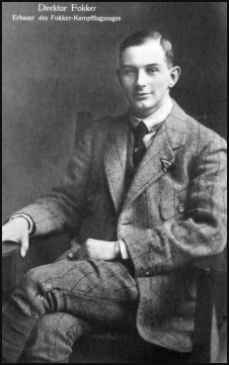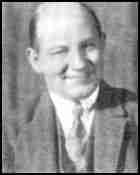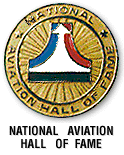
1890-1939 |
 |
des Fokker-Kampfflugzeuges Collection of Dave Lam, 12-4-06 |
|
Tony had a good sense of humor and ribbed Bill Stout about his copying "Josephine. Once, during a party when Bill was dancing with his daughter Wilma, Tony sidled-up to him and said, "Bill, I see that you have one of your original designs with you - and I certainly want to compliment you upon such a lovely product." Tony and Bill had started their sparring a few years earlier, originally over the merits of wood versus metal airplane construction. Stout built the first all-metal American airplane in 1922, the Navy's Model ST torpedo plane (for which I'd planned to compete), while Fokker was a long-time wood proponent, though Stout's "Bat-Wing, America's first thick-wing plane, was of wood veneer. In one of their classic standoffs, Bill said "You see, any plane built of wood starts getting a disease after six months. That disease is veneer-eal disease. |
 |
|
|
 |
To visit his entry on this site, first click on National Aviation Hall of Fame to go to the homepage. Next, highlight and click on "Enshrinees List" at the lower left corner of the page. You will find an alphabetical listing of all enshrinees on this page. Then highlight and click on his name. |
|
"Welcome on the website: Fokker, a living history, We've build this site so people can learn about Anthony Fokker and his airplanes. This site contains a lot of information about Anthony Fokker, his life and his company. We've placed several stories about Fokker's airplanes on this website. And we have also created a database which contains technical information about aircrafts. Besides these stories we have a movie section where you can view movies from some Fokker airplanes. Further the site contains a search engine, a guestbook and games like: a quiz and concentration. The website also contains a forum where people can post their stories, opinions or just a message. Have fun surfing through our site!" You can access the site by clicking on the title above. |
|
|
|
Highly Recommended Book for Further Reading:
WALDO: PIONEER AVIATOR A Personal History of American Aviation, 1910-1944 by Waldo Dean Waterman with Jack Carpenter Arsdalen, Bosch & Co., publishers |
|
Editor's Note: If you have any more information on this pioneer aviator please contact me. E-mail to Ralph Cooper |


|